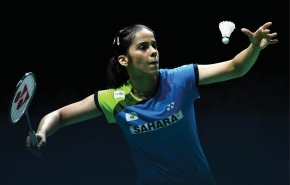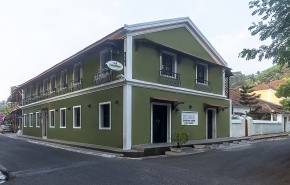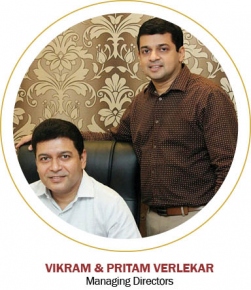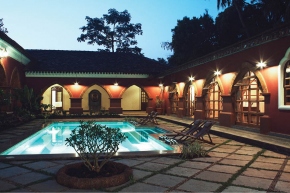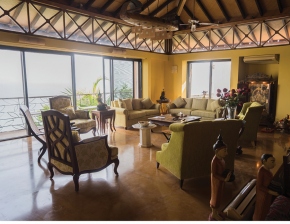- Axis Mutual Fund launches Axis Global Innovation Fund of Fund
- IHCL EXPANDS amã STAYS & TRAILS PORTFOLIO IN GOA
- Ending Period Taboo
- Scheme Snafu
- Equal Future
- Transcending Stereotypes
- Reboot for 2021- Refreshed & renewed with Jiva spa @ Taj, Goa
- Cottonfab 2021 at Kala Akademy
- Lockdown Dairy: Fests & Zatras remembered
- Aby Jose
Rafal Jet, Set Go!
Following the recent arrival of the much-awaited Rafale fighter jets in India, New Delhi-based senior journalist Nitin Gokhale evaluates the highly debated deal brilliantly negotiated by then Defence Minister LATE MANOHAR GOPALKRISHNA PRABHU PARRIKAR, who played a strategic role in acquiring the advanced aircraft for India's military force, besides enforcing ‘One Rank, One Pension’ and ordering the first surgical strike across the Line of Control (LoC) in his term of just 28 months
For me, Manohar GopalkrishnaPrabhu Parrikar’s 28-month stint as India’s Defence minister will forever remain etched in memory not just because we became very close friends during that period but also because of the changes he sought to bring in the functioning of the largely opaque Ministry of Defence (MoD). He not only grasped the intricacies and complexities of the important ministry, but also put his own stamp on the day-to-day functioning in the South Block.
The ministry was a sleepy, lethargic organisation, happy to trudge along, least bothered about time-bound outcomes. It had gotten used to a culture of ‘no-decision’ or ‘slow decision', thanks to the over-cautious and risk-averse AK Antony – ironically, India’s longest serving Defenceminister — who made it a point not to take any decision, lest any blame of corruption came onto him.
Three big decisions stand out in Parrikar’s three-year stint as India’s Defence minister: the One Rank One Pension issue, the purchase of the Rafale fighter jets and the surgical strike after the Uri attack. Forty-five years after the One Rank One Pension issue was raised, he sat with Defence accounts and military officers to calculate its financial implications and made sure it was implemented. More than 25 lakh pensioners of the army, navy and air force have benefitted from this landmark decision.
With the Rafale deal, he decided to opt for an off-the-shelf purchase and convinced the Indian Air Force (IAF) and other stakeholders to start including the indigenously-made Tejas Light Combat Aircraft into the force. For 33 years, Tejas had been sidelined.
The most popular decision Parrikar made was to order the surgical strike in the immediate aftermath of the Uri attack in which 18 soldiers were killed in action. Rushing to Uri near Srinagar, his first question to army leadership was: How can we send a strong message to Pakistan and extract revenge for the sacrifice of our soldiers? When commanders suggested they could cross the Line of Control (LoC) but that Delhi was reluctant to give approval lest matters escalate, Parrikar instantly requested a plan and rushed to Delhi to present the option to prime minister Narendra Modi and other top functionaries.
Within 10 days of the Uri attack, Indian special forces had hit at least six targets inside Pakistan-Occupied Jammu and Kashmir (POJK), destroyed many terrorist camps and Pakistani army posts, killing at least 65-70 terrorists and Pakistan army personnel, thanks to Parrikar’s decisive political decision backed by Modi and National Security advisor Ajit Doval. Uri became a byword for India’s new-found confidence and ‘how’s the josh’ became a popular slogan, thanks to a movie that was later made on the event.
Read the full article in 'Viva Goa' magazine copy.
Viva Goa magazine is now on stands. Available at all major book stalls and supermarkets in Goa.

